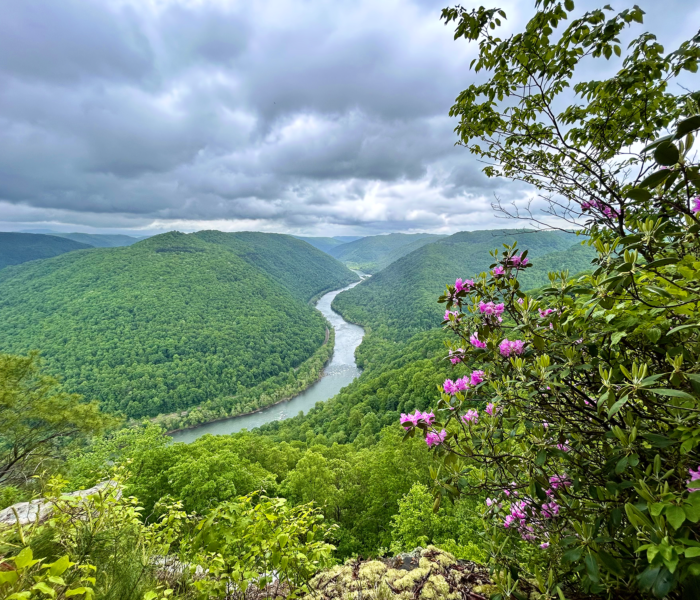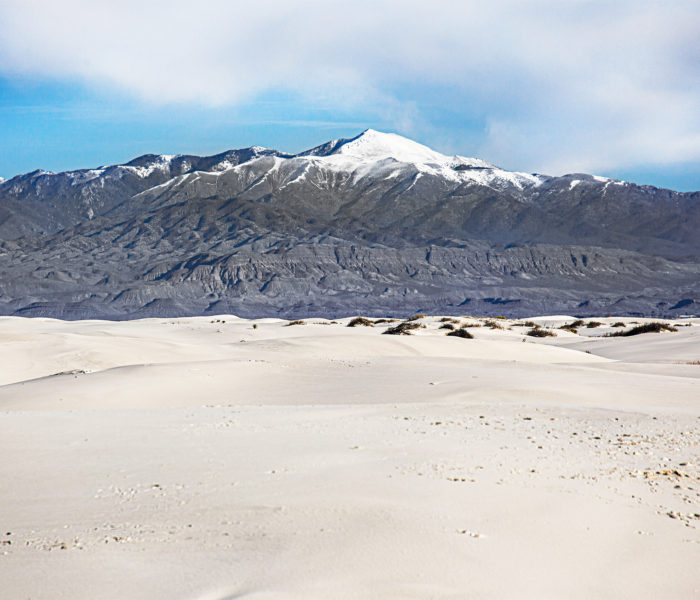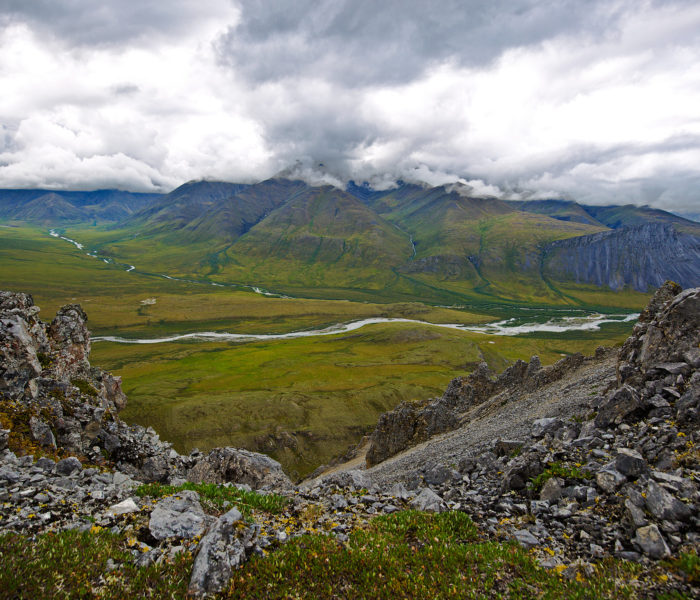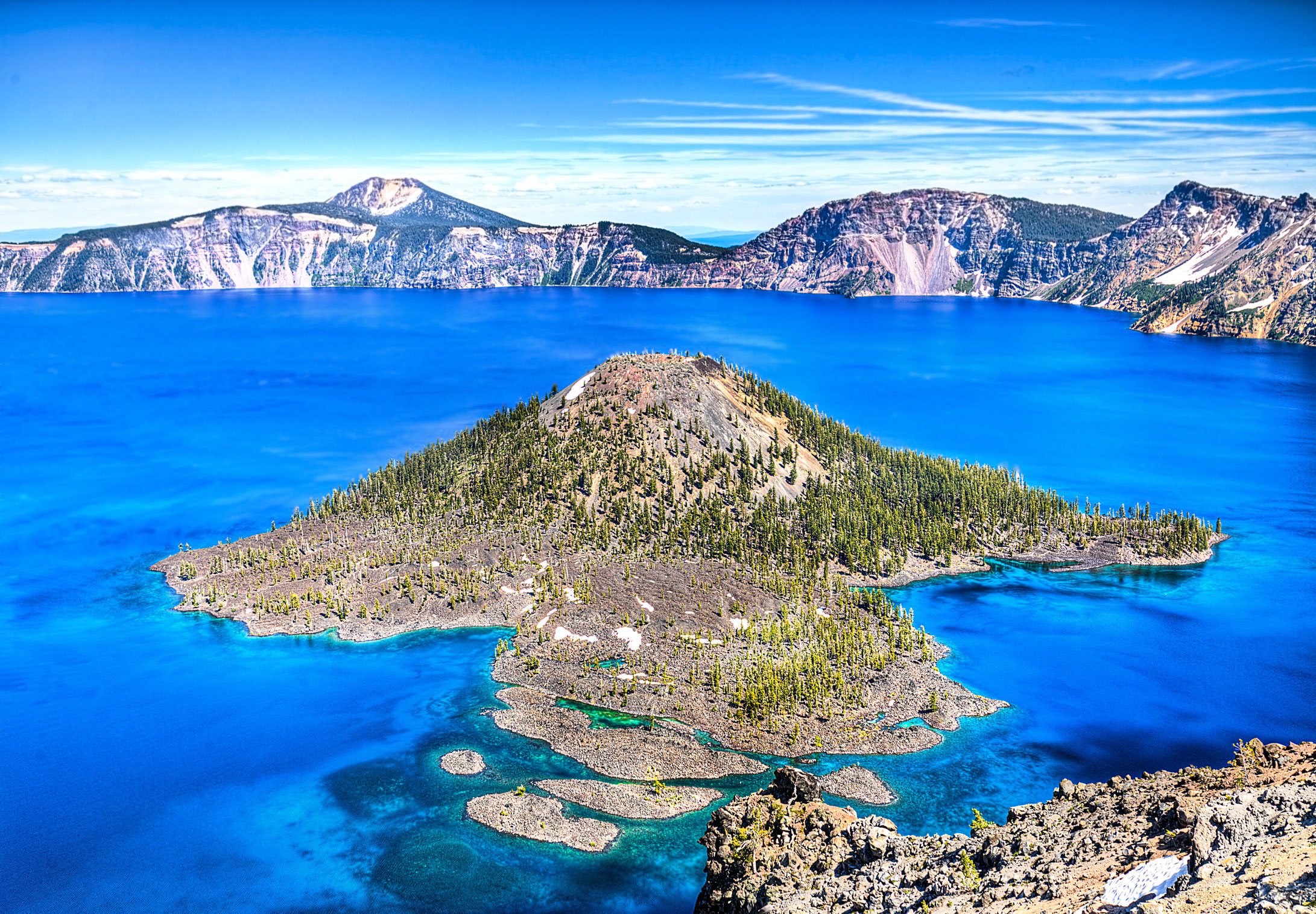
National Park #8: Crater Lake
#8 of 59 National Park Series
7/1/16
Formed by a volcanic eruption, worshipped by Native Americans, and photographed by overweight American tourists, Crater Lake remains one of the most stunningly blue lakes in the world.
Over seven thousand years ago, the 12,000-foot Mt Mazama imploded on itself, reducing its caldera to a giant 2000-foot hole. Thousands of years of rain and snowfall would create the deepest lake in the United States, now officially measuring in at 1,949 feet at its lowest point.
Unlike most of the National Parks in the United States, the Federal Government recognized the importance of protecting Crater Lake almost immediately. The first White explorers would find the lake in 1853 (giving it the highly inventive name of “deep blue lake”) and by the beginning of 20th Century there was enough support in Congress for Teddy Roosevelt to name it the 5th National Park in 1902.
Today, other than the odd decision the Park made to introduce fish to the lake (leave no trace apparently doesn’t apply in this case), Crater Lake National Park has been left remarkably unchanged since its inception in 1902. Located in Southern Oregon, Crater Lake is the only National Park in Oregon and thus is appropriately placed in the middle of nowhere between the grand towns of Medford and Klamath Falls.
Driving North from Lassen Volcanic National Park, I arrived at Crater Lake on July 4th weekend, quite possibly the worst time to visit any place in the United States. Crammed to the gills with a surprisingly diverse crowd of people wielding selfie sticks and iPads, the park was a nightmare to navigate through. Luckily, very few people seemed interested in hiking in the park (a phenomenon I find quite frequently) and so by the time I made it to the trailhead for the iconic Garfield Point, there were very few people around.
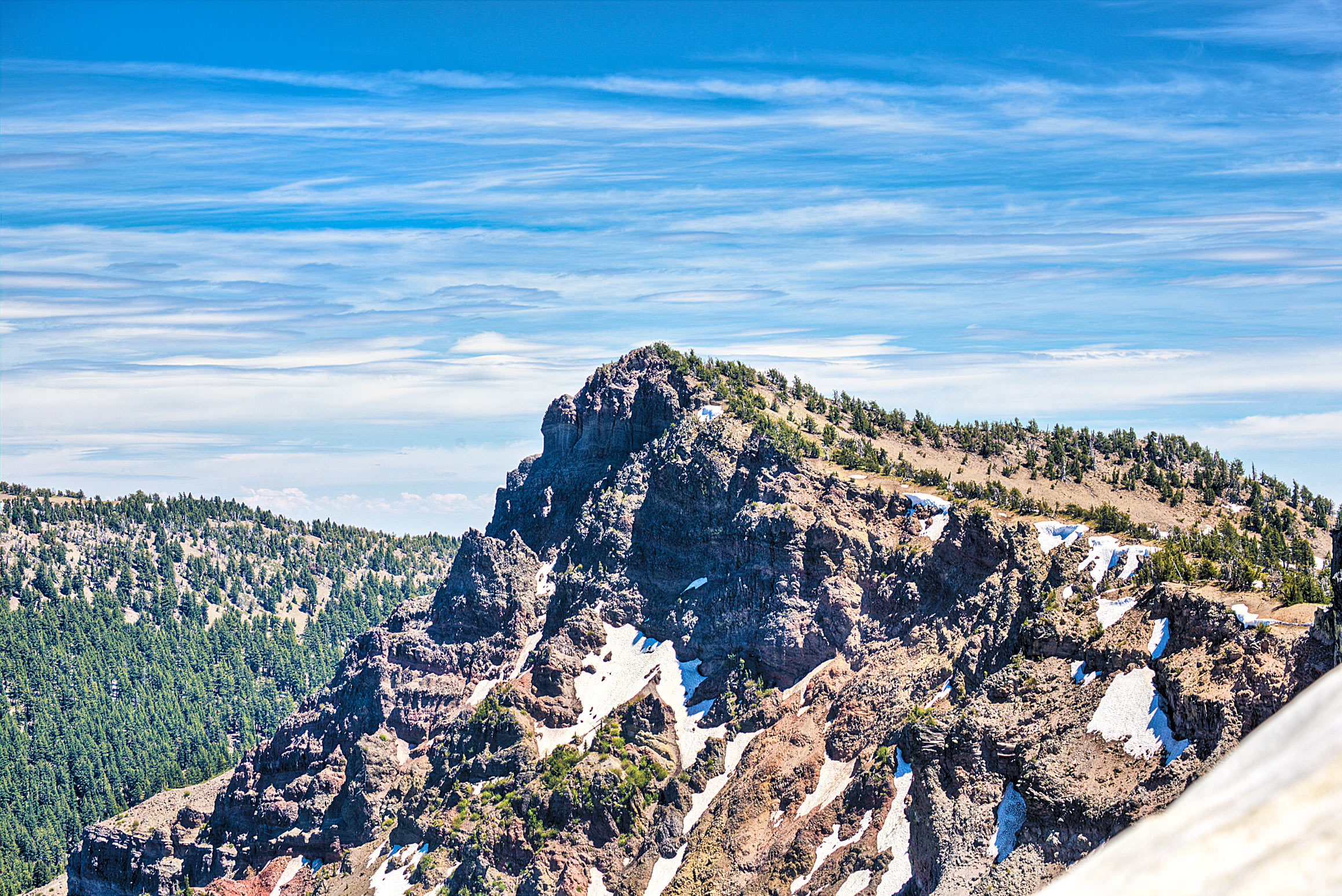
Garfield Point is a not a very difficult hike, although the heavy snowfall this year made it a bit of a pain in the ass to traverse. While I was attempting to reach the summit, I actually fell down and (bravely) performed a public service by sliding 40 feet down and creating a makeshift luge track. My travel companion Daniel then reaped the benefits, enjoying a nice, leisurely sledding adventure down the track:
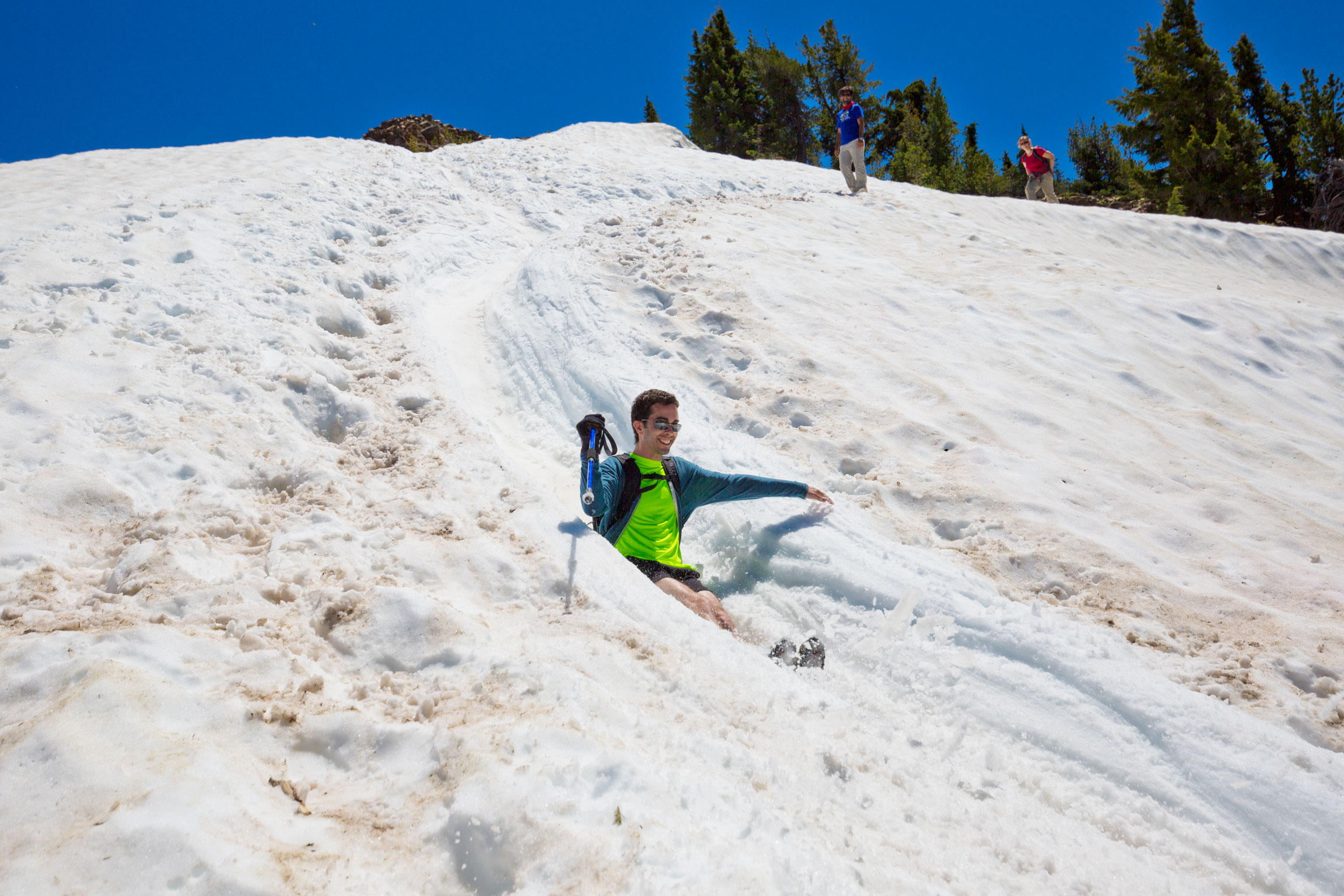
Unfortunately the entire North half of the park was closed to vehicle traffic while I was visiting (I believe due to snow), significantly limiting the hikes available. That, combined with the sheer volume of people around meant that I spent the majority of my remaining time in the park at the various drive-up viewpoints:
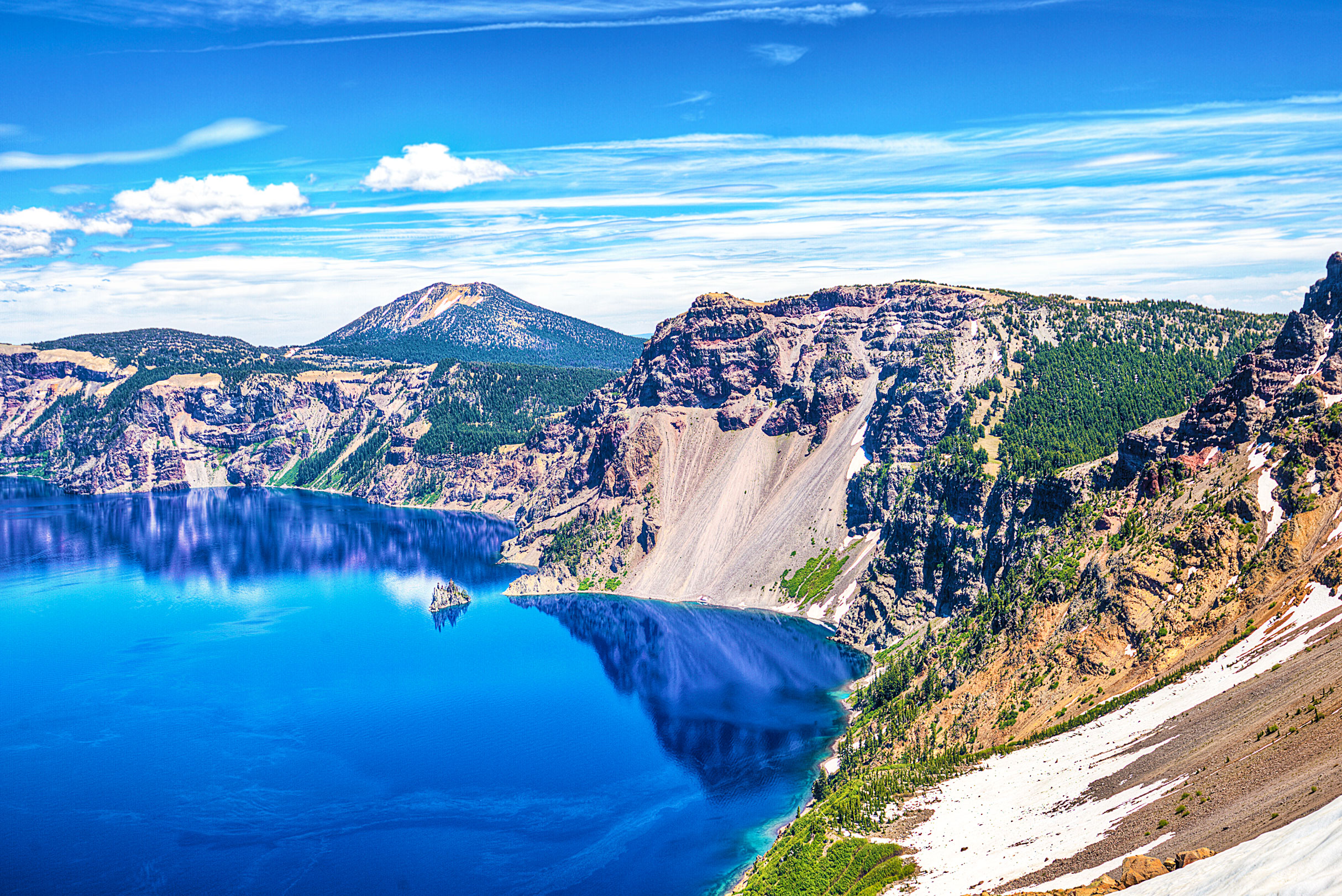
Although it is beautiful to look at, from a tourism standpoint there is not a tremendous amount to do in Crater Lake National Park. Even if the North Side is open, I’d be hard pressed to find more than a day and half of activities to do. Next up I am headed up to Washington to visit the massive Olympic National Park- so long for now!
-MB
Bonus Image- this is what the area around the Park looks like:
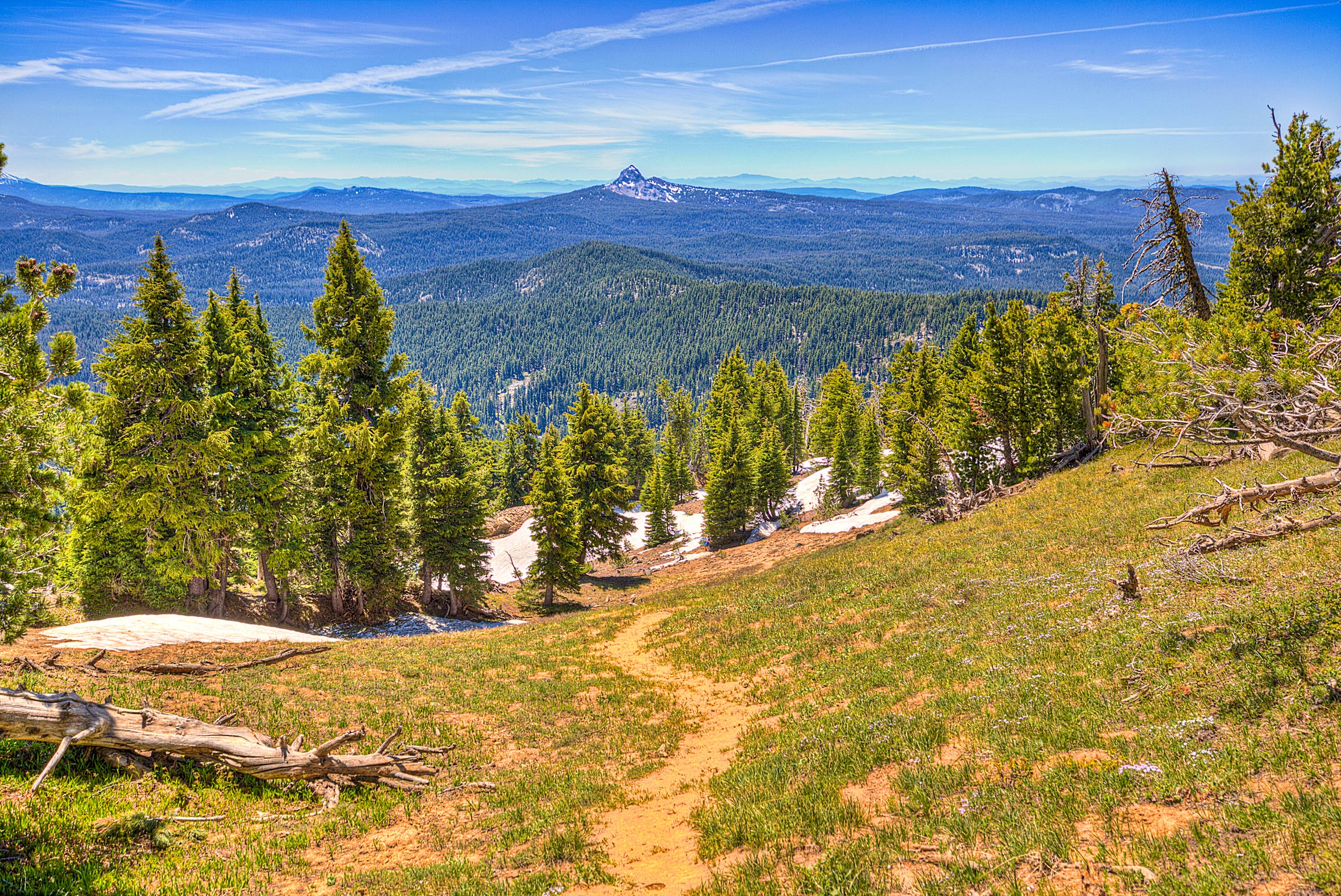
Categories: US National Parks
Tags: Crater Lake History, Crater Lake National Park Photography, Crater Lake Oregon, Crater Lake Photography, How many days should I spend at Crater Lake, How many days to spend at Crater Lake, How to get to Crater Lake, Morgan Burke, Morgan Burke Photography, Oregon, Oregon Crater Lake Photography, Oregon National Park, TheMorganBurke, Visiting 59 National Park, Visiting all 59 National Park, Visiting all 59 National Parks, Visiting all National Parks, What to do at Crater Lake.

